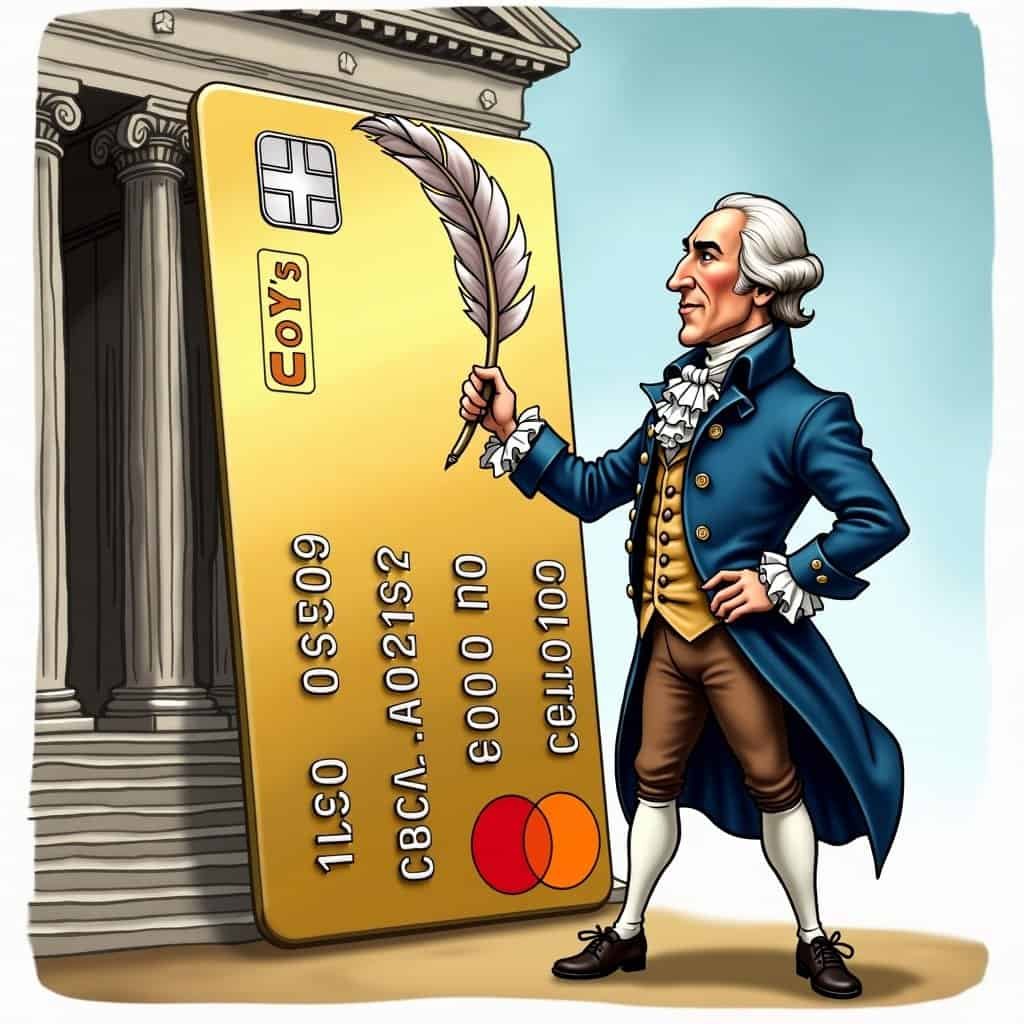When it comes to the key players in America’s political origins, Alexander Hamilton stands out like that one relative at family gatherings—the one who brings the fireworks and the turkey, leaving everyone talking well beyond dessert. He wasn’t just another voice at the Constitutional Convention; he was the guy who showed up, dropped some real-world conservative wisdom, and left a lasting impression that still echoes today. Let’s take a closer look at how Hamilton, the father of modern conservatism, helped shape the U.S. Constitution!
Imagine this scene: It’s May 1787, the Constitutional Convention is in full swing, and 55 delegates are crammed into Independence Hall—a room hotter than a Fourth of July cookout. In walks Hamilton, a man with ideas as big as any fireworks display. Born for debate but practical about dividing power, Hamilton believed in a strong central government balanced by checks and balances. Now that’s a Founding Father who could see the future!
What sets Hamilton apart from Jefferson and Madison is his love for structure. Yes, structure—a conservative’s comfort food. Hamilton strongly believed that bickering states needed to unite under one manageable authority—one that could, for example, actually pay its bills. Despite what some might say, this wasn’t about control; it was about making things work. Think of a homeowner who carefully budgets, assigns chores to family members, and avoids borrowing from neighbors unnecessarily. That’s how Hamilton approached building a solid and lasting government.
Hamilton’s Vision for a Strong Central Government
He wasn’t arguing for micromanagement down to choosing tea flavors; he simply wanted a system that could respond to threats effectively without leaving Americans picking through the rubble of a scattered government. As today’s conservatives might appreciate, Hamilton envisioned a government firm in principle but limited in practice—a framework protecting people’s freedoms while still running smoothly, unlike today’s bureaucratic quagmires.
Hamilton’s Key Contributions to the Constitution
- Advocated for a strong central government
- Supported a centralized financial system
- Promoted checks and balances
- Argued for term limits on the executive branch
- Emphasized individual responsibility and meritocracy
Hamilton’s support for a centralized financial system—a national bank, anyone?—probably had some delegates clutching their powdered wigs. But here’s the twist: Setting up a financial backbone wasn’t about greed or making the rich richer (no matter what some folks might say later). No, this was about being responsible with money! Hamilton knew that long-lasting prosperity needed discipline—a word that doesn’t sit well with those who want to hand out money like it’s going out of style.
Hamilton’s Financial Blueprint
Through financial discipline, Hamilton argued, the U.S. could grow into a nation where hard work and talent thrived. His financial plan meant that Americans could depend less on handouts and more on their own efforts—something conservatives hold dear. Hard work and limited government interference build legacies, after all; just ask any farmer whose family has thrived for generations.
What’s particularly interesting given today’s political climate is how Hamilton pushed for term limits on the executive branch. That’s right! Even back then, he worried about too much power building up and turning America into some kind of Monarchy 2.0. To those who complain about certain politicians misusing power, here’s a quick history lesson: Conservatives like Hamilton carefully designed protections against just that. Checks and balances? That’s Conservative 101.
Hamilton’s Lasting Legacy
Of course, the political fireworks of the time challenged his ideas. But Hamilton, smart and quick-witted, relied on persuasion rooted in logic and practicality rather than empty promises or showing off (a concept some loud voices today don’t seem to get). Instead of blindly expanding government responsibilities (like trying to redistribute income), his genius was in creating a lasting system that allowed rugged individualism to exist alongside law and order—a delicate balance.
Hamilton’s contributions to the Constitution wrap conservatives and modern Republicans like a cozy blanket in winter. Through him, we learned that making sure everyone has a chance to succeed isn’t being stingy—it’s real-world wisdom for lasting success. Giving people equal opportunities to work hard and succeed leads to broader economic growth, not wasting taxpayer dollars. Sound familiar? It should! Today’s conservative economic strategies echo Hamilton’s legacy of encouraging investment and making sure everyone gets to compete in the marketplace of ideas.
So, next time you’re at a party and hear people going on about other Founders, just relax, sip your iced tea, and think of Hamilton—the practical thinker whose smart constitutional strategies still make sense today. His plan wasn’t about running a country by committee. He aimed for nothing less than protecting freedoms through strong, orderly liberty. In a government powered by checks, guided by balances, and fueled by innovation, citizens don’t just get by—they excel.
Thankfully, conservatism remembers that lasting legacy even when some people today stumble over their own assumptions. How fitting that Hamilton’s fierce fight for federal stability inspired generations of thinkers who value individual responsibility. Who better represents the ideal Constitutional Convention contributor? America’s Founding Conservative, that’s who!
Table of Contents
- Hamilton’s Vision for a Strong Central Government
- Hamilton’s Financial Blueprint
- Hamilton’s Lasting Legacy






